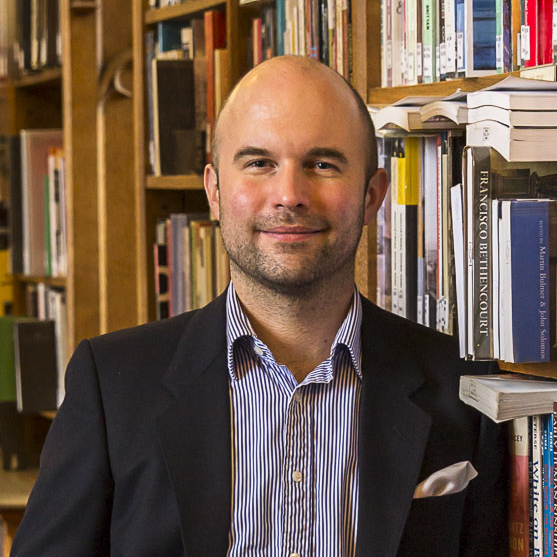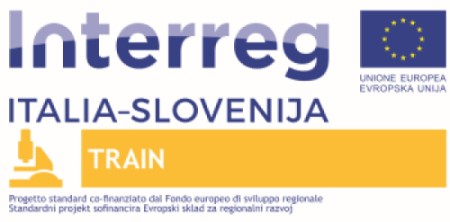Andreas Bender
Centre for Molecular Science Informatics, University of Cambridge, UK

Biography: Dr Andreas Bender is a Reader for Molecular Informatics with the Centre for Molecular Science Informatics at the Department of Chemistry of the University of Cambridge, leading a group of about 22 postdocs, PhD and graduate students and academic visitors. In his work, Andreas is involved with the integration and analysis of chemical and biological data, aimed at understanding phenotypic compound action (such as cellular readouts, and also organism-level effects) on a mechanistic level, predicting molecular properties related to both compound efficacy and toxicity, as well as drug repurposing. He received his PhD from the University of Cambridge and worked in the Lead Discovery Informatics group at Novartis in Cambridge/MA as well as at Leiden University in the Netherlands before his current post. In 2013 he was awarded an ERC Starting Grant to model mixture effects of chemical structures in biological systems using mechanistic approaches, an area currently very little understood.
Bio- and Cheminformatics Methods for Mode of Action Analysis
While phenotypic (such as high-content) screens offer the opportunity for more complex disease-relevant and information-rich - readouts, combining them with an understanding of the mode of action of compounds is often crucial, both for compound optimization and drug approval. In this presentation, we will describe methods from the bio- and cheminformatics field for this purpose, as well as real-world applications.
Virtual Screening and Library Design
Chemical space is estimated to contain ca 10^60 distinct small molecules; however in practice only tens of thousands (in more complex assays) to hundreds of millions (in DNA-encoded libraries) of compounds can be screened, which is many times smaller. Therefore, the selection of 'relevant' chemical space for choosing which compounds to test is crucial, comprising the topics of virtual screening and library design. In this contribution we will discuss both methods and practical applications of both topics.
